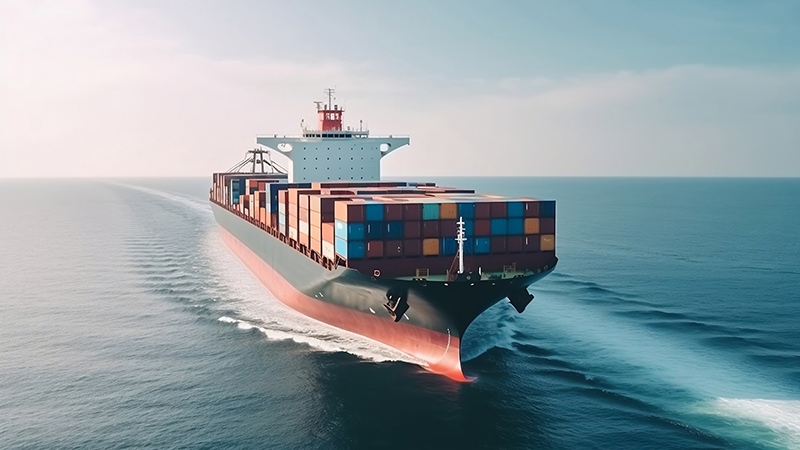5 Trends to Watch As We Sail Into Peak Season

As shippers approach what is historically retail peak season, understanding the evolving ocean market will be critical to maintaining a resilient supply chain for the long term. Here are five key trends to watch as the ocean market evolves.
1. Plan for the risk of delays. As carriers plan for lower demand across trade lanes, they are implementing a capacity-absorbing measure called slow steaming, which lowers fuel costs and lengthens transit times by approximately 3-6 days.
Carriers may also use blank sailings or parked vessels to address lowering demand. Delays from blank sailings can add weeks to transit times and create a chain reaction of supply chain issues if shippers don’t plan properly.
2. Prepare to shift ports if needed. Ports are not immune from congestion and labor disruptions. Planning to quickly shift freight if needed will maximize efficiencies and lessen the risk of delays.
3. Keep LCL top of mind. Look to less-than-container load (LCL) to support supply chain strategies as it provides flexibility should you need to quickly pivot. As demand and schedule reliability remain up in the air, LCL is a cost-effective way to keep goods moving.
4. Adjust shipping to supply chain changes. Nearshoring or friend-shoring has led to many shippers working with completely new routes and customs requirements. As suppliers and manufacturing locations change, shipping strategies need to change too. Strategies that worked in one market may not work in the other. Avoiding the risks of one location may introduce new risks from another, so consider the effectiveness of different shipping options when shifting operations.
5. Use various modes to optimize spend. Selecting ports based on distribution location or switching between intermodal rail and truck based on the lowest rate at the time requires advanced planning and visibility, but can bring significant cost savings.
–Matthew Burgess, VP of Global Ocean Services, C.H. Robinson
